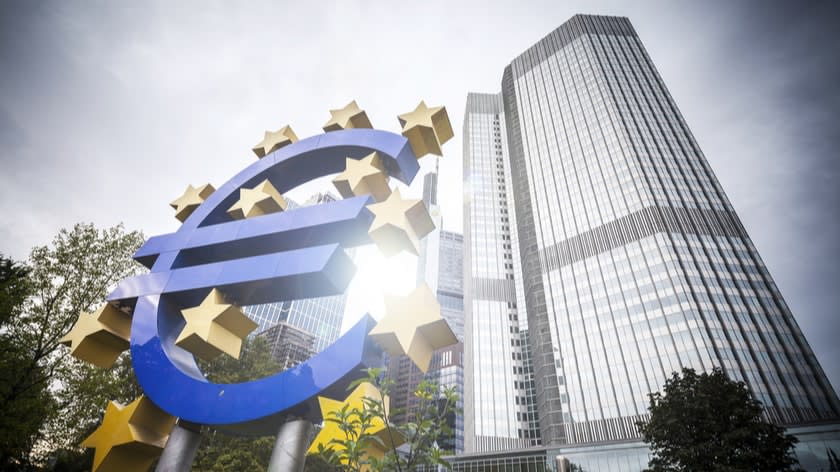How long is the ECB rate hike window?


Over recent weeks, Governing Council members have been falling over each other to signal that a July rate hike is likely. Although the most dovish members of the Council have been more cautious, it seems clear that there is a majority in favour of moving quickly as things stand. The key driver of this shift seems to have been the upward momentum in inflation expectations. We now expect a 25 bp rate hike in July, to be followed by another in September - previously we expected September and December moves. We have not pencilled in any rate hikes in the months beyond September. This is because we remain of the view that the window for rate hikes will close around the turn of the year. This mainly reflects that the hit to economic growth will increasingly become visible in the data and we expect a weak economic outlook for 2023. In addition, the Fed rate hike cycle will probably also come to an end around the end of the year, which will ease the downward pressure on the euro.
July rate hike looks likely, but window may still close around turn of the year
Over recent weeks, Governing Council members have been falling over each other to signal that a July rate hike is likely. Although the most dovish members of the Council have been more cautious, it seems clear that there is a majority in favour of moving quickly as things stand. The key driver of this shift seems to have been the upward momentum in inflation expectations. For instance, Francois Villeroy, Governor of the Banque de France, recently noted that inflation expectations are now ‘less anchored’. This is quite extreme language for central bankers, who see keeping inflation expectations anchored as their holy grail. Given the trends in inflation expectations and more hawkish rhetoric from officials, we now expect a 25 bp rate hike in July, to be followed by another in September (previously we expected September and December moves).We have not pencilled in any rate hikes in the months beyond September, even though we think the ECB is currently minded to move rates up gradually until it gets to neutral (1-1.5%). This is because we remain of the view that the window for rate hikes will close around the turn of the year. This mainly reflects that the hit to economic growth will increasingly become visible in the data and we expect a weak economic outlook for 2023. In addition, the Fed rate hike cycle will probably also come to an end around the end of the year, which will ease the downward pressure on the euro. Furthermore, we expect a further tightening of financial conditions over the coming months. Finally, we think headline inflation will be on a significant downward trend from early next year. And it is actual inflation that drives inflation expectations (which tend to be adaptive rather than forward looking) than anything the central bank does. The exact timing of when the rate hike window will close is a difficult call, so the risks are skewed towards an additional hike in December. However, given the headwinds to the economy, we judge that we will not see a full normalisation cycle over the next year.